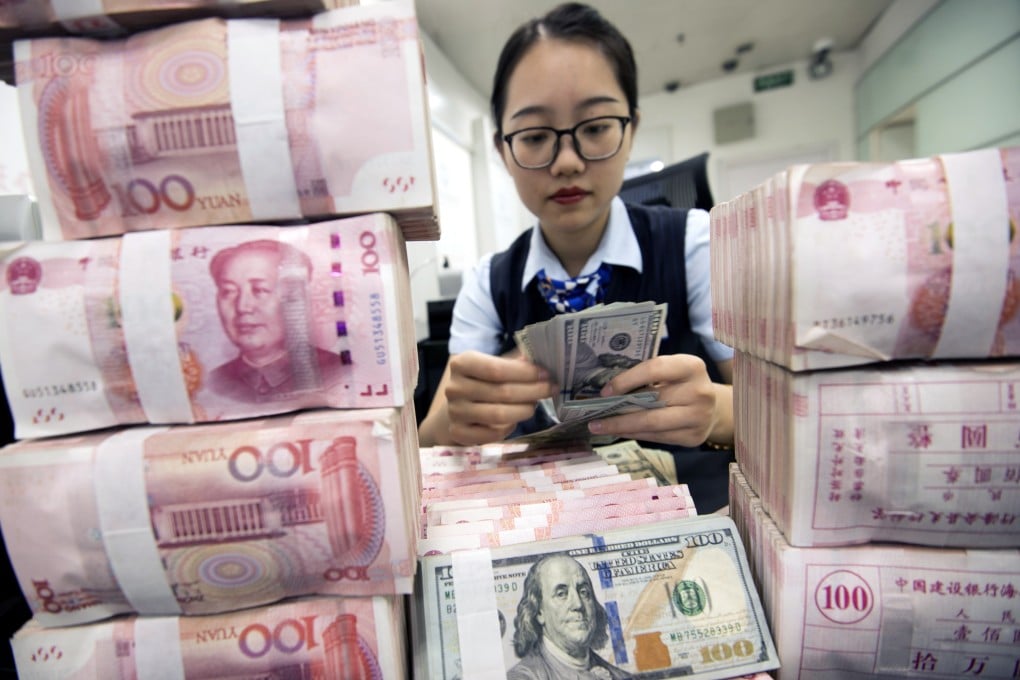The View | Why China is warning of yuan speculation when the currency looks so stable
- The yuan-dollar rate is stable but the official yuan index has surged against a basket of currencies. There are legitimate reasons for this, such as strong exports
- But the concern is of the systemic risk of proprietary carry trades and the massive leveraging at banks and financial firms looking to profit from higher yuan returns

Although the Chinese authorities constantly stress the importance of stability, it is hard to define. In the world of foreign exchange, there are a few dimensions of “stability”, and sometimes these dimensions are contradictory.
For instance, while the dollar-yuan exchange rate remains stable, the official yuan index, which measures its performance against a basket of currencies, has been surging over the past few quarters.
So far this year, the official China Foreign Exchange Trade System (CFETS) index has climbed by about 7 per cent. If this momentum is sustained, the yuan index is likely to generate its best annual performance since 2015 when it was introduced.
Let’s dial back the clock to a few years ago. One important reason behind the introduction of the official yuan index was to gauge the performance of the Chinese currency, to manage market expectations amid massive depreciation pressure.
